In this review, we will check out another interesting online course on trailer music production, simply called The Trailer Music Course. This course is part of a program the online learning platform Trailer Music School has to offer alongside other media production-focused workshops.
Let’s find out what The Trailer Music Course has to offer and how it compares to other courses for trailer music composers on the market.
OVERVIEW
The Trailer Music Course is hosted by award-winning composer Richard Schrieber who was able to place his music in various major motion picture trailer campaigns including Blade Runner 2049, Collateral Beauty, and Captain America: Civil War – just to name a few.
His course features over 16 hours of video content structured into 13 different lessons. The Trailer Music Course is designed as a step-by-step guide on how to compose your first cinematic trailer track. In the main part of the course, instructor Richard grants a comprehensive over-the-shoulder look at how he goes about creating a trailer music piece from start to finish. Along the way, you will also learn about important mixing techniques for orchestral instruments, utilizing essential MIDI controls, and how to create your very own cinematic sound effects.
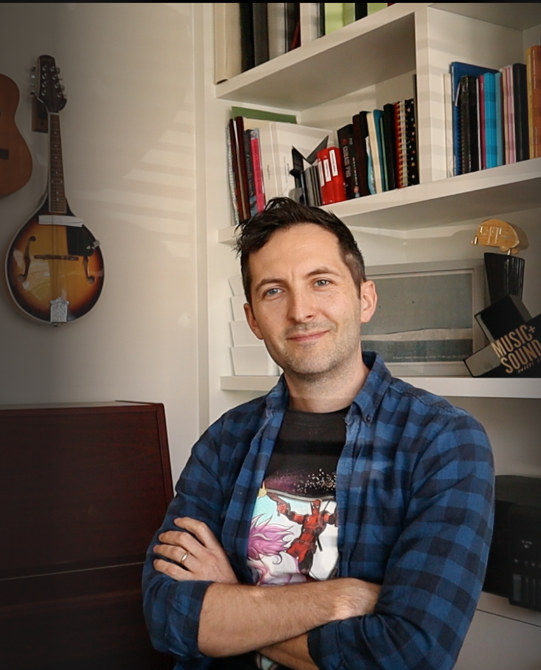
Towards the end of the program, another well-known name in the industry enters the virtual stage to show you his cherished mixing techniques. Toby Mason, a trusted mixing engineer for many trailer music publishers, shares with you a walkthrough of his mixing session for the track Richard composed earlier.
Like most other music production online courses I had the chance to review, The Trailer Music Course offers entry to an exclusive community of like-minded composers and other students of the program. This is a great place to exchange thoughts and your own compositions with others, give and get feedback, and to expand your creative network.
COURSE OUTLINE
Let’s have a quick look at the lessons that are taught in the course! This is the course’s outline:
- Welcome to the course
- Getting Started
- Sonic Dimensions
- MIDI Fun
- Creating your own sounds
- Introducing Act One
- Composing Act One
- Introducing Act Two
- Composing Act Two
- Introducing Act Three
- Composing Act Three
- Toby’s Mixing Masterclass
- Next Steps
As you can see, the conception and creation of a three-act trailer music track represent the central part of this course. Every lesson is divided into various topics that deal with the respective lesson’s overarching subject. In the following sub-sections, I will quickly touch on the core content each lesson – or group of lessons – provides and how it is presented.

Welcome To The Course
In the first chapter of The Trailer Music Course, you’re welcomed by instructor Richard Schrieber and get a rough overview of what lies ahead. You’re also given access to the course’s own forum group where you can engage in conversation with other students.
Getting Started
The real tutorial content of the online course starts off with a couple of lessons on general workflow and the preparations you can make to create a quick and easy working environment. This includes setting up a basic composition template in your software of choice, making all the important connections, and color-coding your tracks.
Following this, the tutor demonstrates how you can import instruments into your template and save them as presets for future use. Accompanying this, you get a worksheet with helpful recommendations on sample libraries for all the essential musical sections as well as a little questionnaire you can fill out to find out where your own palette might need support.
Sonic Dimensions
The Sonic Dimensions lesson focuses on grasping the concept of width and space in a musical context. Richard teaches you about the distribution of frequencies in orchestral music, and how you can enhance the sonic picture of your own mixes with panning, reverb, compression, and careful filtering.
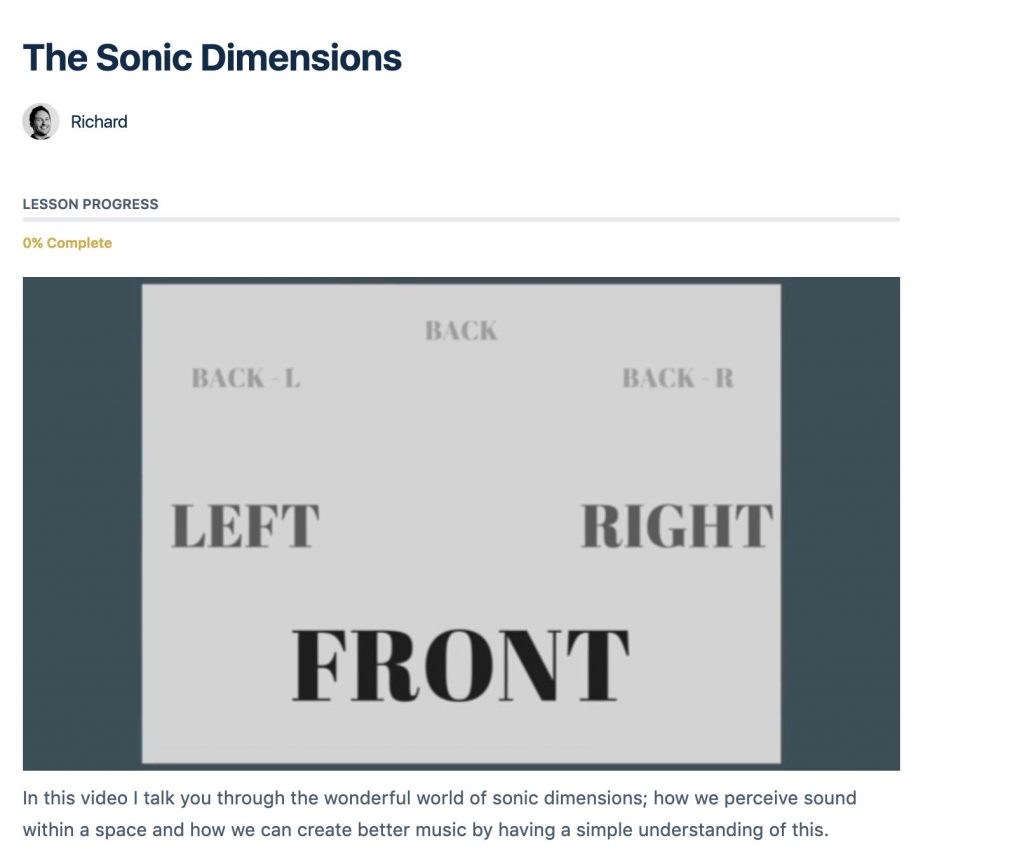
MIDI Fun
Working with MIDI tracks and editing notes in the piano roll represents a huge part of composing with sampled instruments. Many sample libraries feature extensive tonal options that can be controlled via MIDI. In the MIDI Fun lesson, tutor Richard shows you a few of the most essential MIDI controllers you should have an eye on while composing. These include controllers for note velocity, modulation, and expression – all of which are important editing options for achieving a realistic sound.
In the last video, you’re taught about different note voicing techniques to emulate a convincing orchestral sound.
Creating Your Own Sounds
In the first practical lesson, you learn how you can create your own set of custom cinematic sound effects from the sounds you already have at your disposal. Having a unique voice and tone is absolutely essential to stand apart from the many other composers who pursue a career in the trailer music industry.
Richard shows you how to create trailer hits, whooshes, risers, and the omnipresent braaam/monster horn sounds. In the course, most of the sound effects mentioned above are created by layering and mixing existing, commercial libraries. However, you can surely record your own source sounds, then process and mix these to generate completely unique results.
Act One To Three
Within the following 6 chapters, you’re taught how to compose a complete trailer music track from start to finish. Since almost every successful trailer music track can be roughly structured into three parts or acts (intro, build-up, climax), instructor Richard Schrieber follows this concept to demonstrate his techniques.
For each act, you will find two distinct lessons: a theoretical and a practical one. The theory part deals with introducing each act and explains what the function of this specific part of your track is. Since each part or act of a trailer music track has to serve a particular task in order to be chosen by the hypothetical editor, it is important to know, what those are and how you can implement them. Taking the first intro act as an example, you learn how to use pad sounds and simple melodic material to set the mood for the whole track.
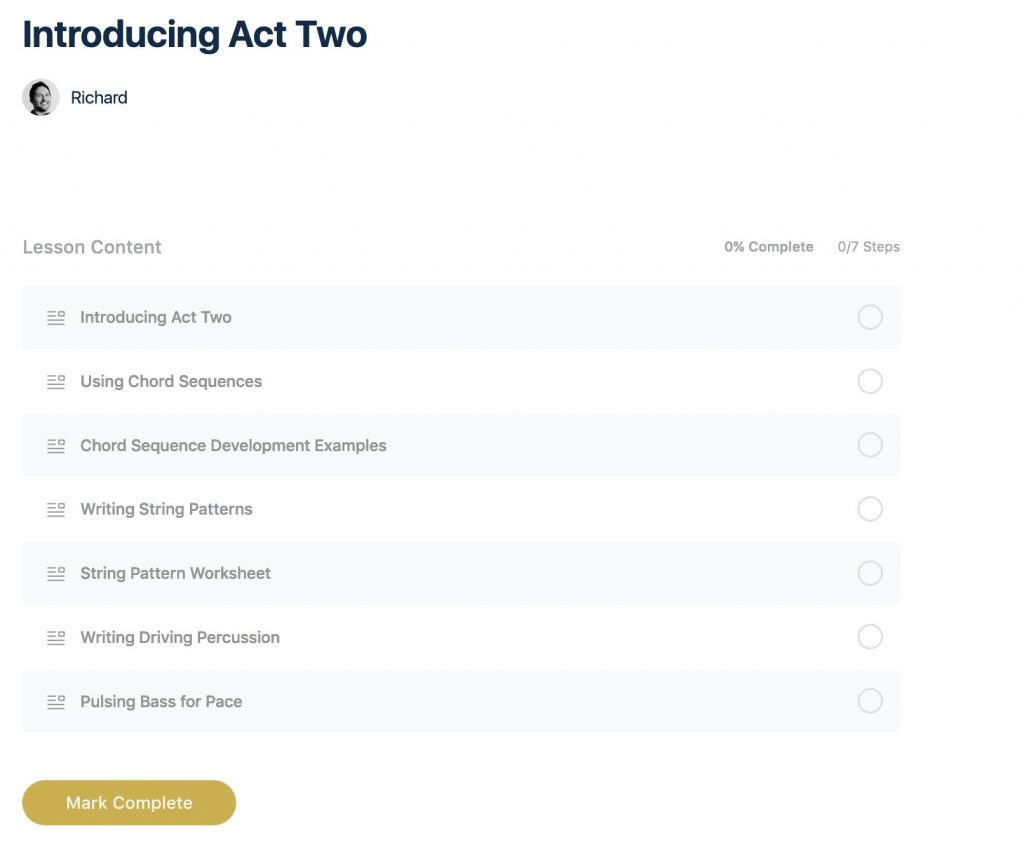
In the practical lesson for each act, you can then follow the instructor while putting his concepts into practice. He sets the foundations for his trailer music track and explains the thoughts behind his actions and instrument choices.
From both the theoretical and practical lessons, there’s a lot of useful information and knowledge you can take away, especially if you’re just starting out composing trailer music. These lessons give you an easy-to-follow, step-by-step guideline you can implement into your own productions.
Toby’s Mixing Masterclass
As hinted at in the beginning of the article, the mixing process of the production is taken care of by mixing engineer Toby Mason, a well-known character in the trailer music production world.
In a three-part video lesson, he takes the individual tracks of Richard’s composition and turns them into a coherent and balanced mix. Along the way, he shows you how he polishes and processes both individual tracks and groups and what the ideas behind his mixing decisions are.
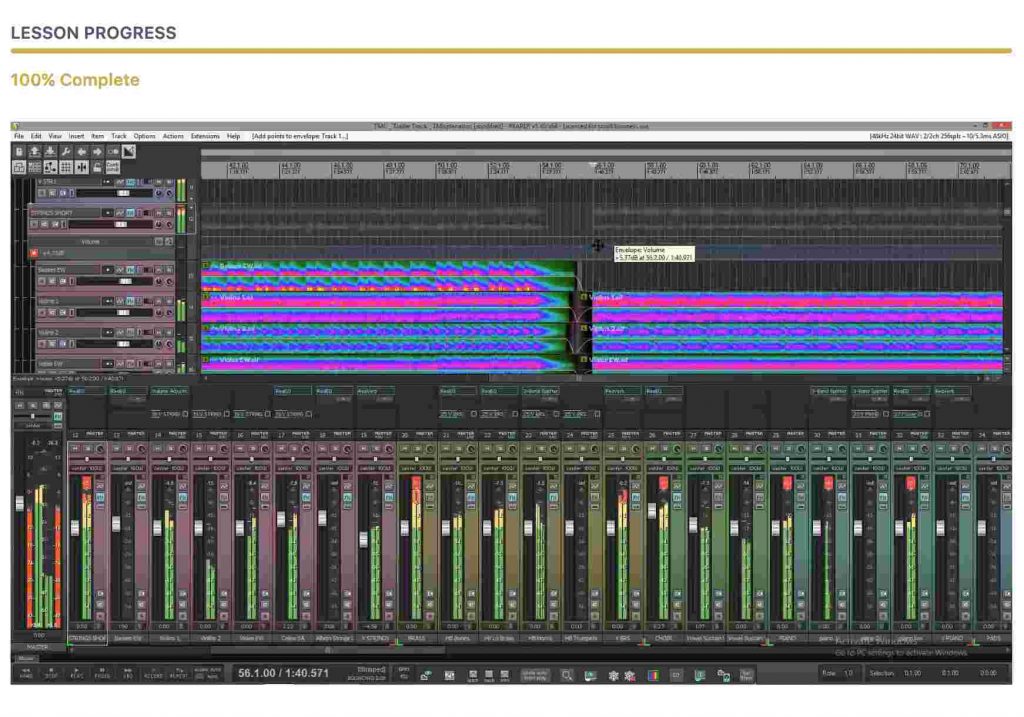
Next Steps
After you’ve made it to the end of the course, instructor Richard Schrieber thanks you for taking part, makes his farewells, and offers you a couple of additional resources you can use to consolidate what you’ve learned over the course of the last 16 hours.
CONCLUSION
The Trailer Music Course is an entertaining and detailed step-by-step guide on how to start composing music for film, TV and video game trailers. The tutor, composer Richard Schrieber, knows his craft and has an enjoyable way of passing on his knowledge to aspiring students. Although the compositional part of the course is focused on one specific genre of trailer music only, you can pick up a lot of tips and techniques that can easily be applied to other styles as well.
The Trailer Music Course presents a great starting point for beginning composers who want to learn the ropes in the illustrious world of producing cinematic trailer music.
The Trailer Music Course is available in the Trailer Music School shop for a one-time payment of £299 ($369) or 12 monthly payments of £29 ($36) each. Trailer Music School is currently running a cool 20% off discount campaign for the course. Just enter stayathome in the coupon code field during checkout and you will see the product price drop.
EPICOMPOSER VERDICT
Due to popular request, I recently added a clear verdict section at the end of my reviews so that you can have a quick and easy glance at the pros and cons of a product.
PRO
- Comprehensive introduction to trailer music production
- Easy-to-follow explanations
- Enjoyable mix of theory and practice
- Clearly structured, step-by-step course layout
- Mixing tips from an experienced trailer music mixing engineer
- Exclusive group to connect with like-minded composers
- Accessible payment plans
CON
- The compositional part focuses on one trailer music genre only
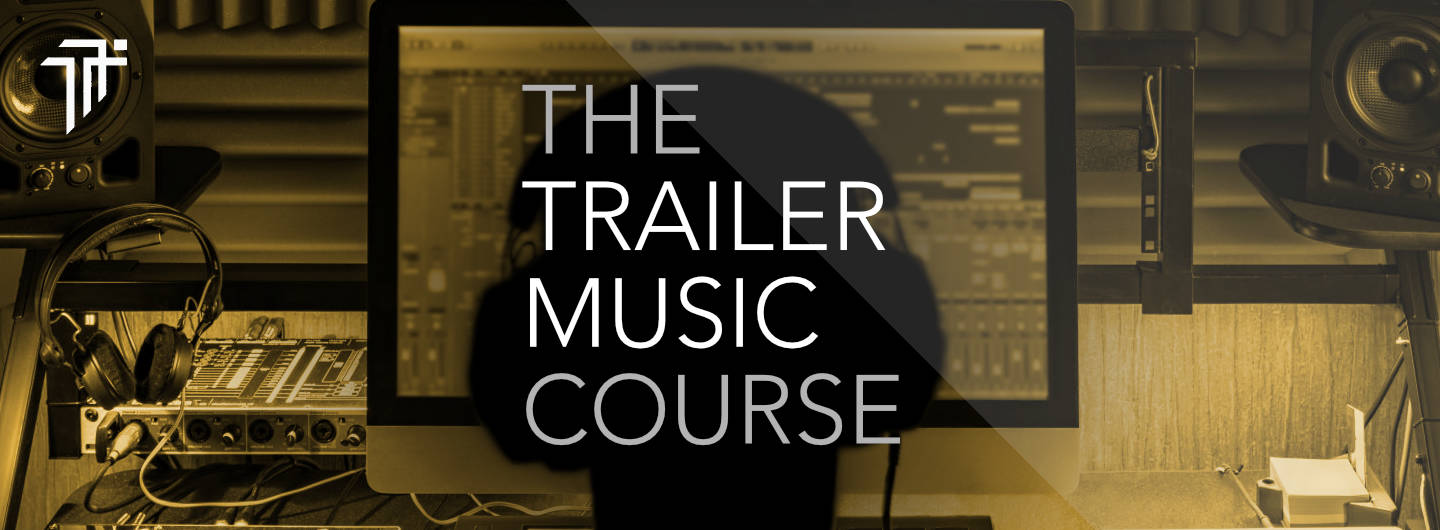
2 comments on “The Trailer Music Course (Review)”